How to Make Moon Sand and Luna Craters
Disclosure: This blog contains affiliate links which I may earn a small commission from if you purchase through them, at no extra cost to you.
Exploring space with your children is so interesting.
It’s a great way for them to learn about the universe and how it works, and you also get some cool science experiments out of it too!
Our Space themed play for the week has been a hit and we are only at day 1.
One activity that stood out for her was making Moon Sand. We had already explored the planets, sun and boundaries of the sky however I had neglected our own moon in our outer space discussions.
Learn how to make moon sand using just everyday ingredients that are found in your kitchen. Yup – you probably already have all you need to make this fun sensory play material!
Not only is it great for sensory play, but you can make your moon sand taste safe and fun for both your baby and older child – winning!
Don’t get too excited Mumma, but you may even be able to sit back and have a cup of coffee while it is still hot.
To make your moon sand taste safe, please do not miss the taste safe vital step. I will explain why a little further along.
What is Moon Sand, literally?
Moon sand, also known as moon dust or lunar soil, is a fine powder that covers the surface of the Earth’s natural satellite – our moon. This ‘sand’ is formally known as lunar regolith and unlike soil on earth, contains no organics. With extreme exposure to micrometeorites and solar winds, the regolith forms irregular sizes, shapes and compounds. Learn more details from NASA here
In short, a few characteristics that moon sand possesses includes
1. Course and fine particles
2. Contains different substances
3. Can changed density under pressure of impact or exposure to space conditions.
How to make Moon Sand for sensory play
After learning about the real deal, we have a sensory play recipe that can mimic these characteristics pretty well and it is so easy to make at home!
There are no fancy steps.
Just throw it all in bowl and mix.
It’s so easy, you’ll love this easy sensory play recipe!
What ingredients you need to make homemade Moon Sand
- 2 cups corn flour or corn starch (Arrowroot flour can be used as a substitute)
- 1/2 cup of olive oil
- blue food colouring (optional)
This homemade two ingredient moon sand recipe is friendly and flexible.
You could make moon sand with baby oil. This is a handy way to use up that bottle in the back of the cupboard.
Keeping our sensory play taste safe, we prefer to use food-based oils to make moon sand without baby oil. It makes the entire experience more relaxed and fun for everyone involved.
Adding the blue food colouring adds to the visual impact of the moon sand and opens up conversations around the real deal. These little coloured fragments could replicate particles that have been altered due to the solar winds in out of space!
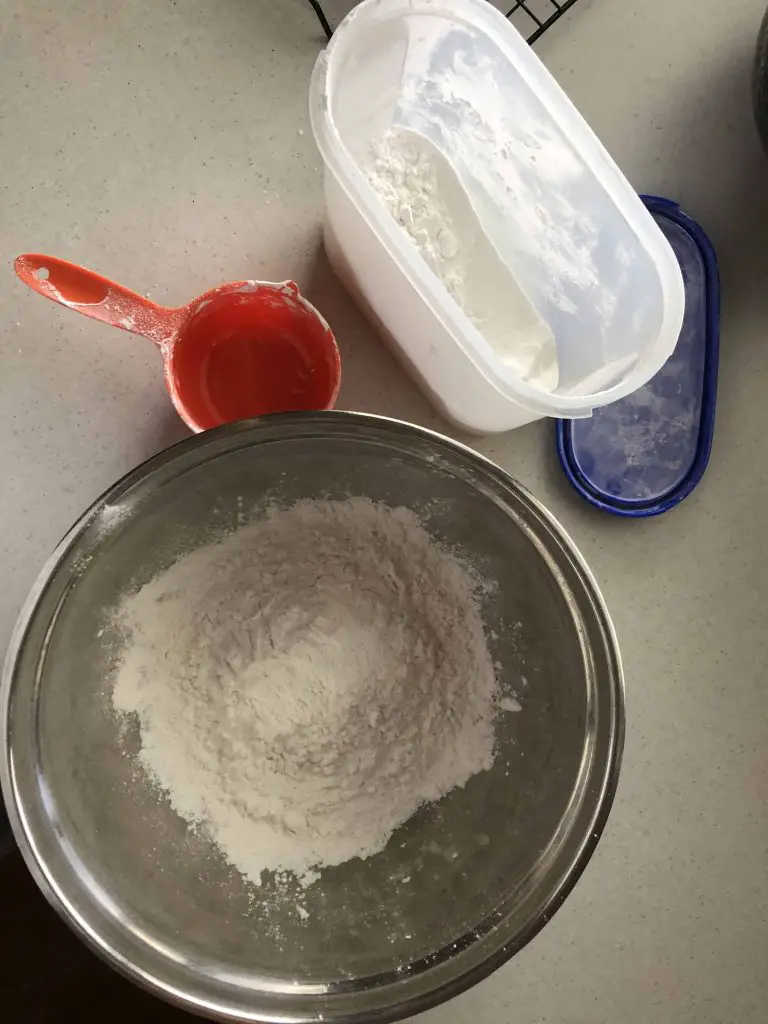
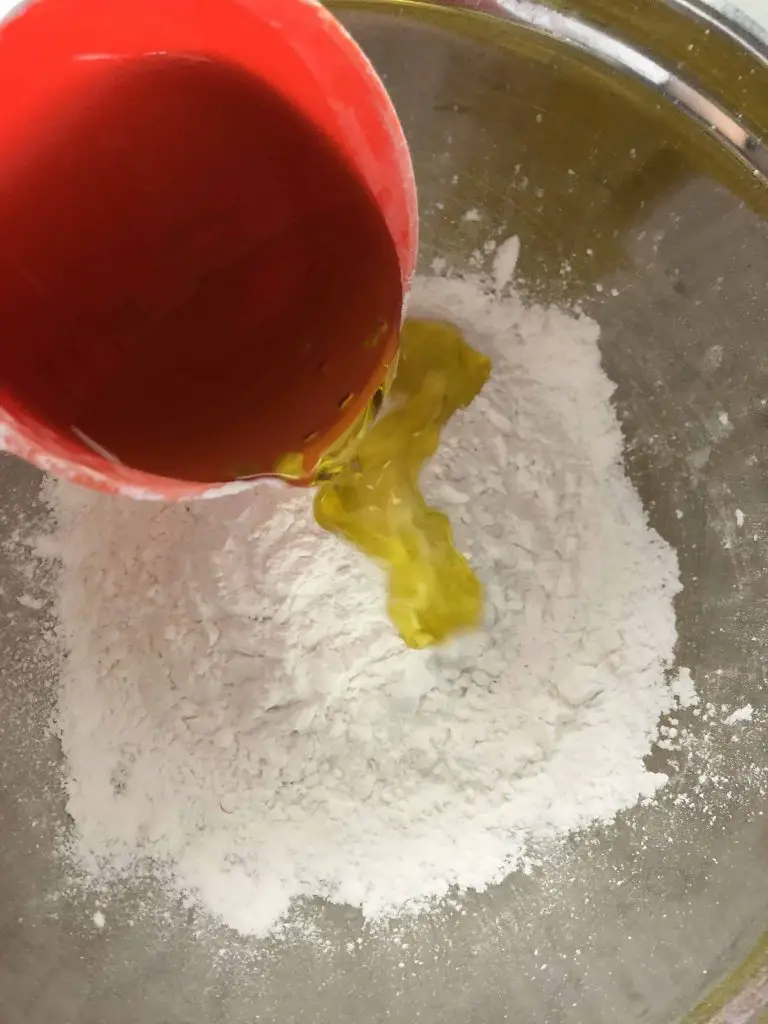
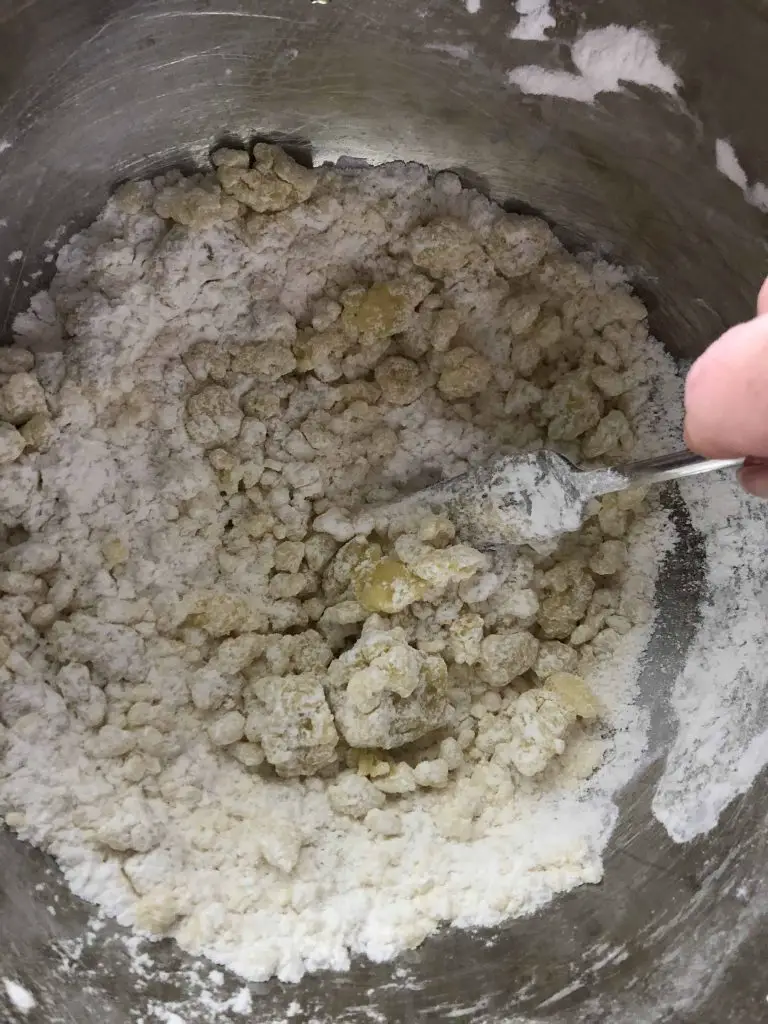
How to make Moon Sand taste safe – the taste safe vital step!
Simply, bake your flour.
Unless properly heat treated, raw flour can contain pathogenic bacteria that can pose a serious health risk.
Here is one example of how bacteria such as E. coli and Salmonella can find their way into your flour.
Imagine a nutrient rich field, a prized crop, green and thriving.
How did the soil conditions get so great? The simple answer is livestock.
Their poop is amazing for future crops however, does leave a lurky germ in the ground.
In short once harvested, the grains are not heat treated, just milled to make flour. You may read more about it here.
How to heat treat flour for taste safe sensory play
Heat treating, and in turn killing the bacteria in your flour to make it taste safe for sensory play is not a complicated process. It really is very simple and does not take long at all.Simply spread the flour across a baking tray and bake at 180°C (350°F) for 5 minutes. Allow the flour to cool before use in your sensory play recipes.
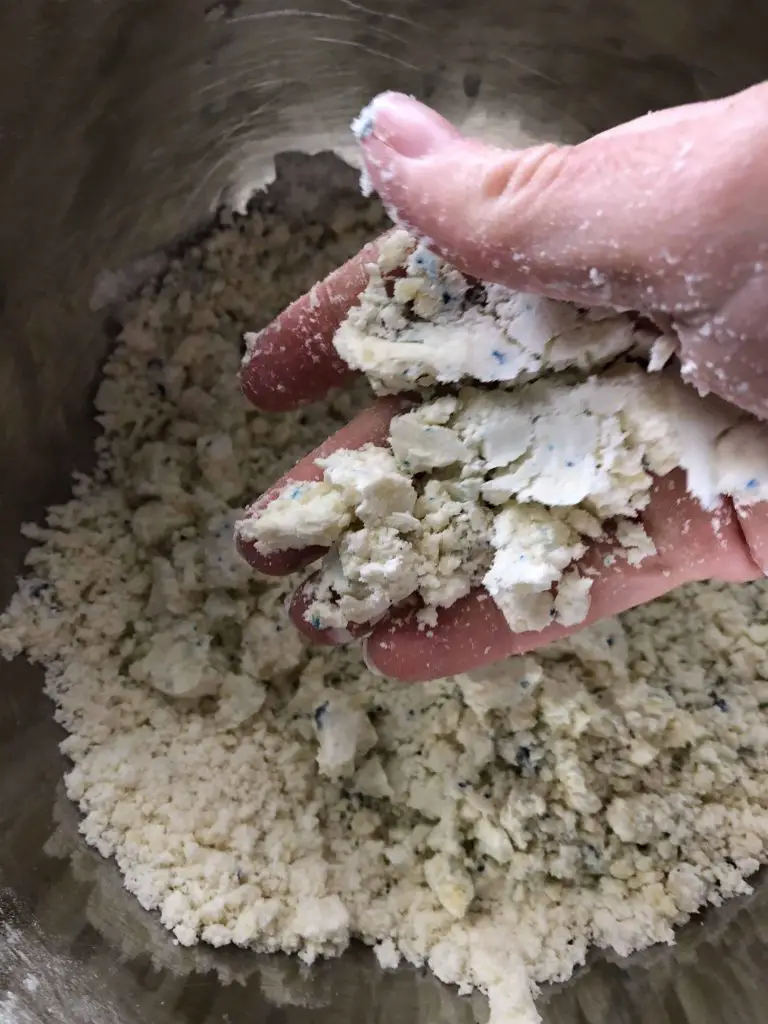
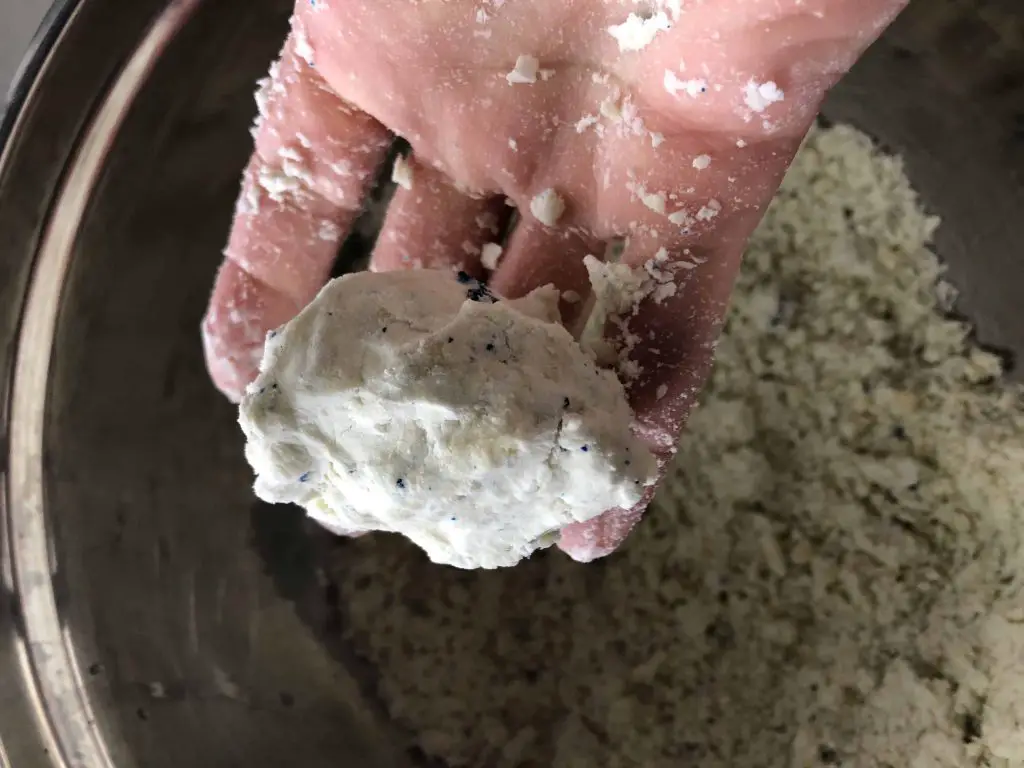
How to play with Moon Sand
This Moon Sand blend results in the most amazing texture. It squeaks when squeezed like super fine beach sand. It holds its shape under pressure and then crumbles very easily too! You could probably add a tablespoon of cocoa and call it dirt in a small world set up!
The olive oil gave it a lovely scent. This was an unexpected element that will really add to the experience.
Moon Sand is a versatile sensory play medium. Many activities can be set up using it as a base.
- Add scoops and cups
- Create a small world
- Add moulds
- Team up with some trucks and pebbles
- Hide dinosaur toys in the moon sand, pack the moon sand and provide a paint brush to dig the ‘fossils’ out
Luna Craters
Further to linking our DIY Moon Sand with the real deal, we used our Moon Sand to replicate the surface of the moon to create luna craters.
Some say the moon would taste like cheese, due to the number of ‘holes’ in its surface – Swiss Cheese anyone?
Extending our lunar adventures, we set up a little galactic event of our own.
Setting up your Moon
Once our moon sand was all mixed together, we set up our play tray. Today’s activity was a simple one. The brief was to drop the asteroids and meteorites (aka marbles) into the moon sand to create craters on the moon’s surface.
For maximum impact, I smoothed the moon dust over the surface of our play tray. By gently pressing it with my palm, I was able to create a surface which the craters would be obvious.
Just quietly, it was a strange sensation and felt really awesome! The fine corn flour really does give this blend such an interesting texture!
Other Corn Flour Activities
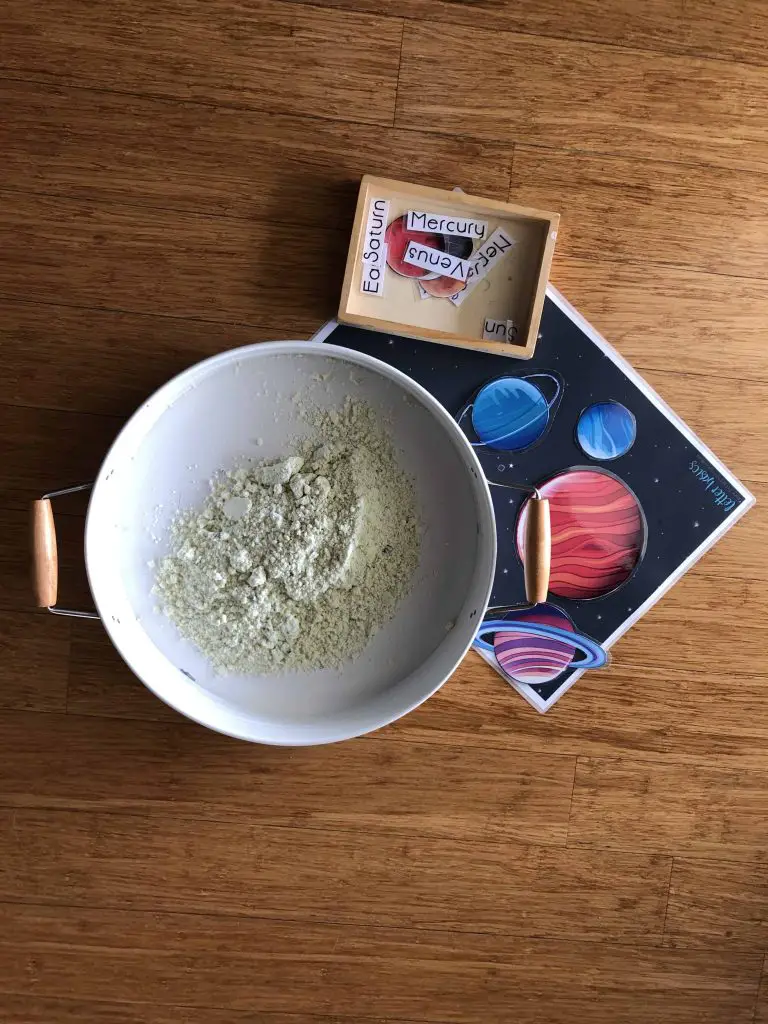
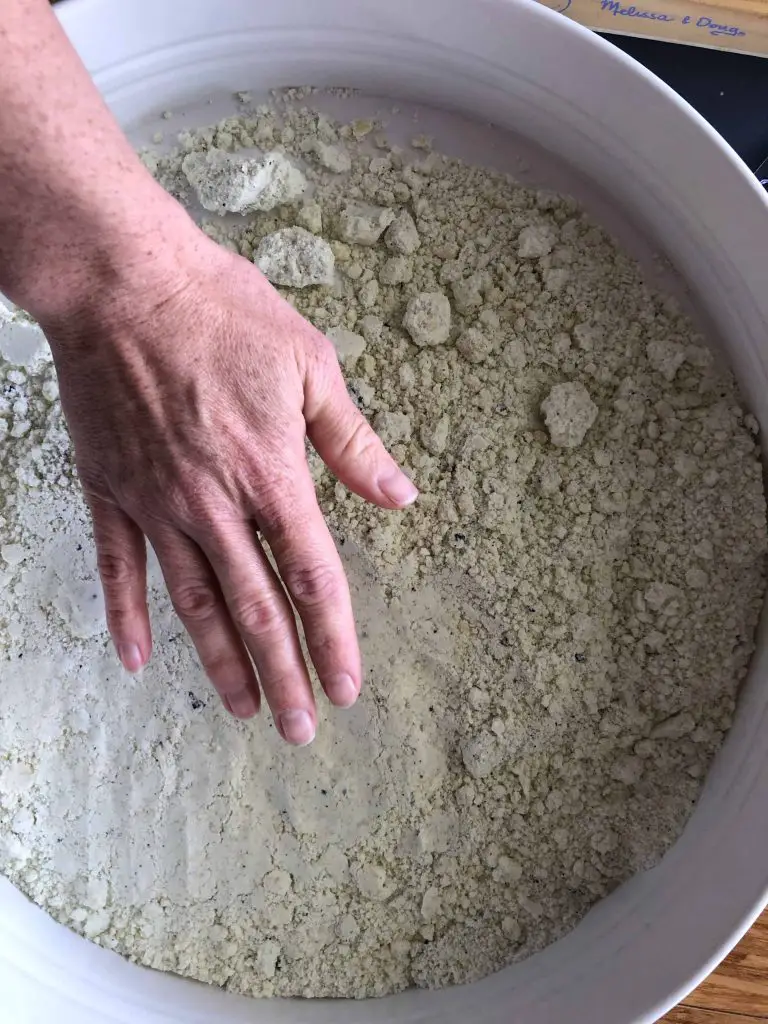
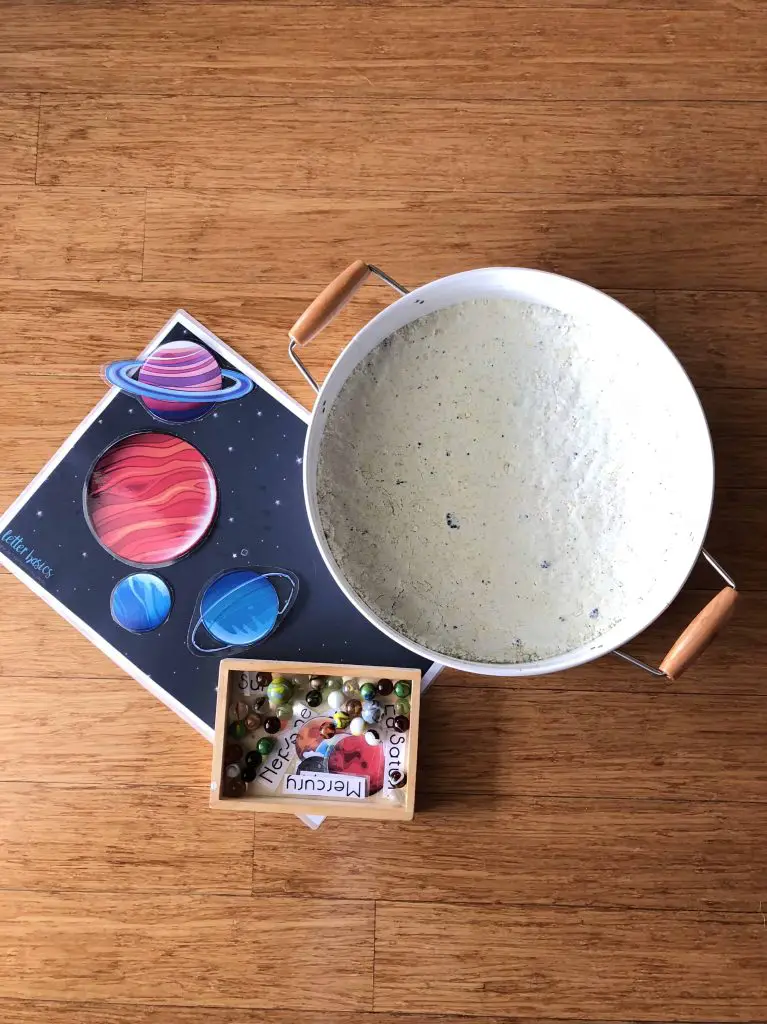
How to play with your Moon Dust
Initially both the girls were confused when I asked them to drop marbles into the tray. Miss 4 really wanted to pour the marbles into the tray and roll them through the sand – certainly a great idea!
Once I showed them the effect the falling marble had on the moon sand, they busily got to work exploring different heights and different colour marbles (apparently the colour makes a huge difference).
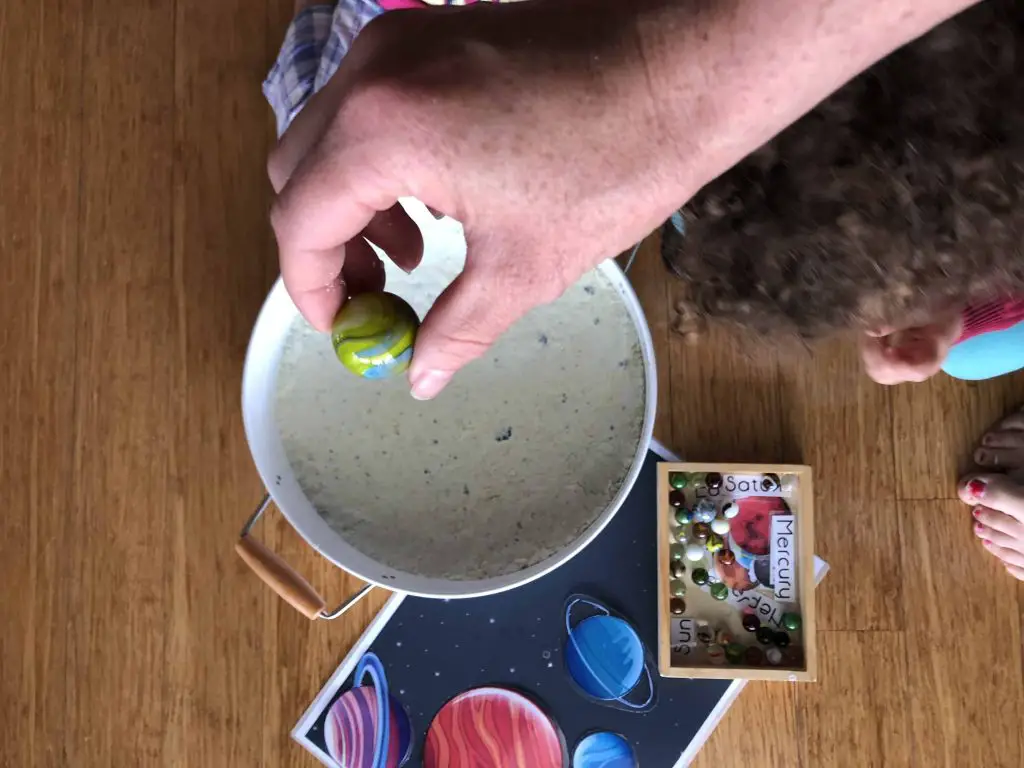
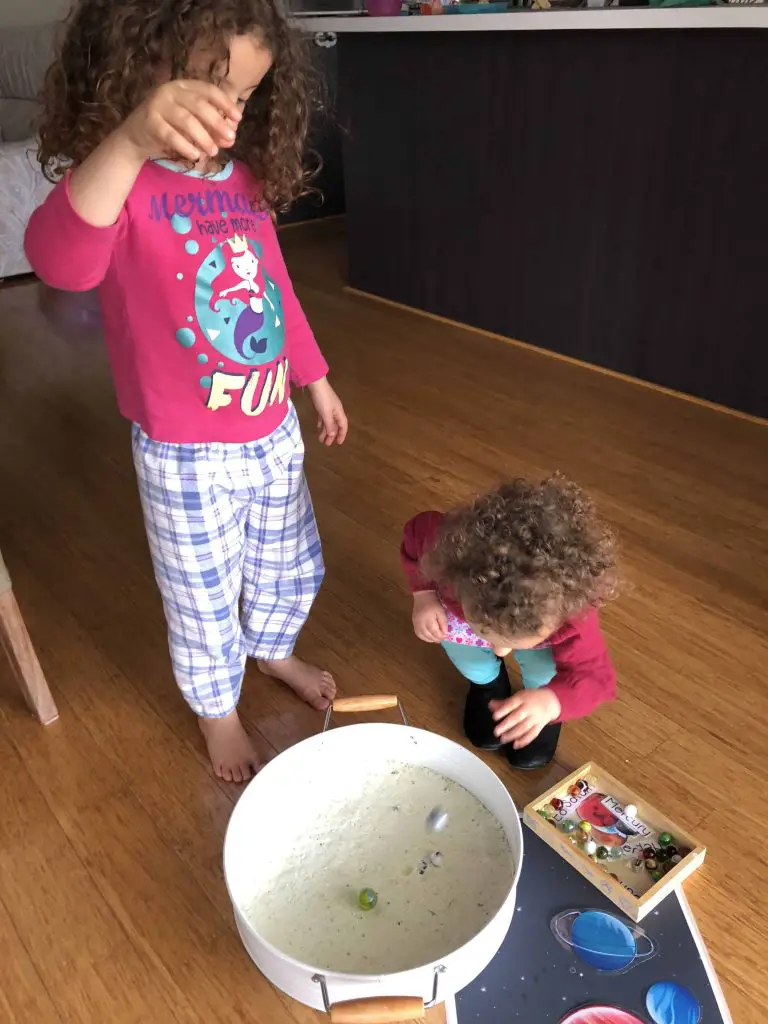
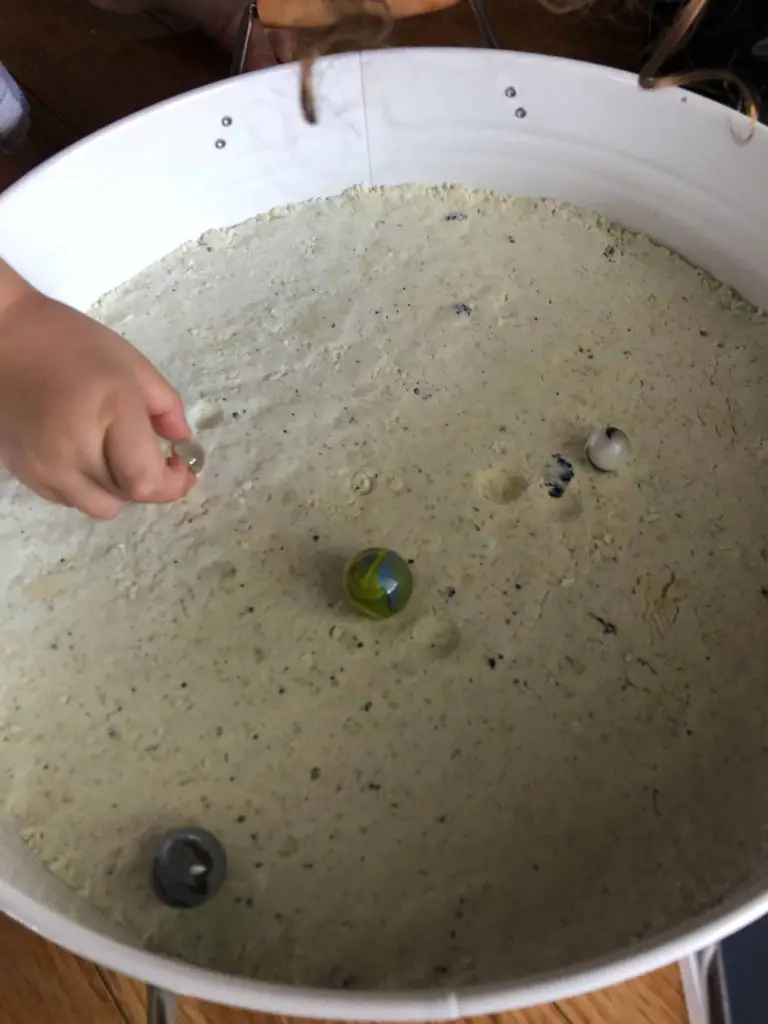
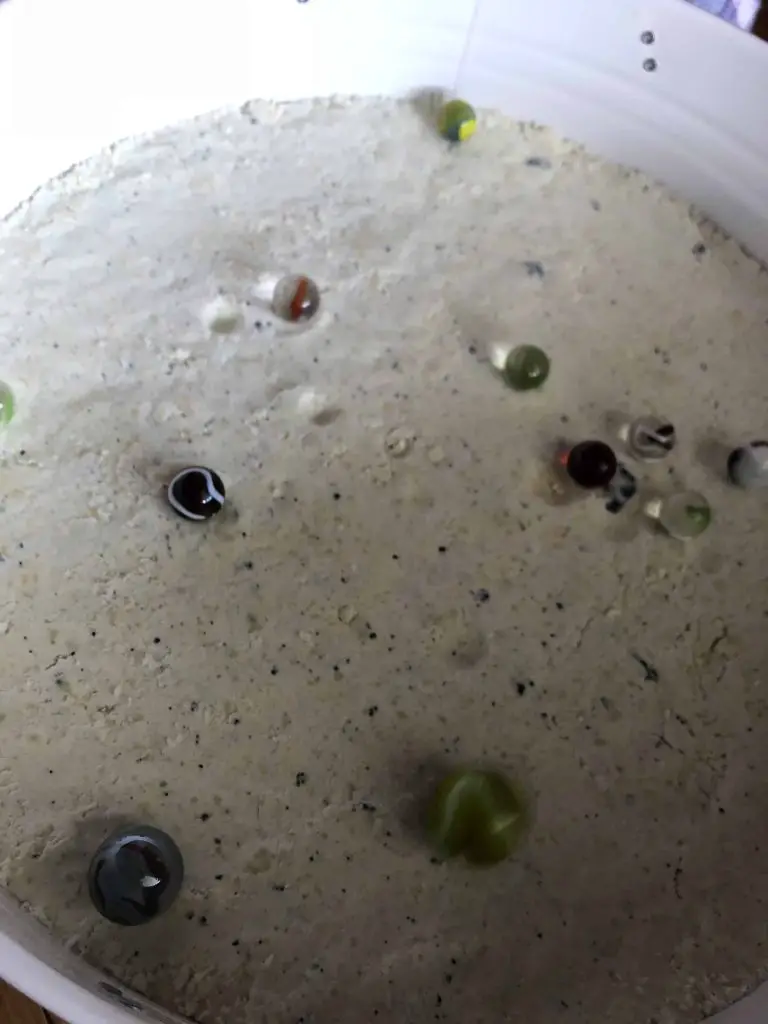
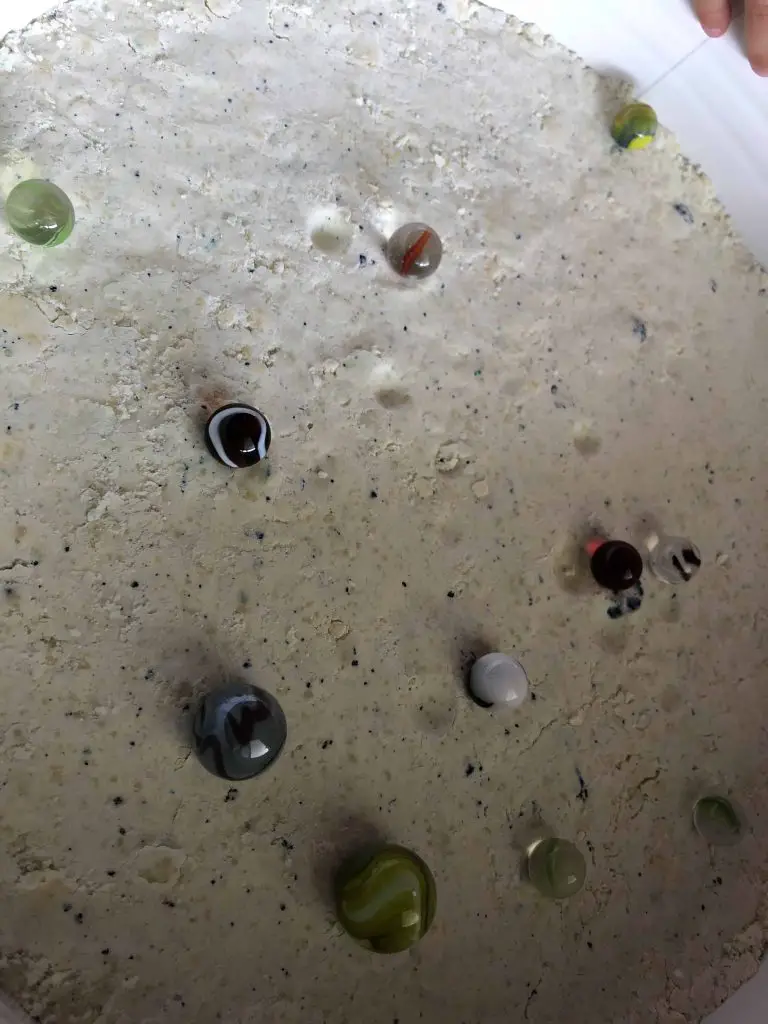
In no time at all, our moon sand had as many dimples as an orange! The marbles did their job perfectly! The moon dust absorbed the weight of the marble creating wonderful little divets on the surface of the moon sand.
Sensory Play
Curious fingers then began to explore their impact in the moon sand. Miss 19m loved digging her fingers into the dust then drag them towards her.
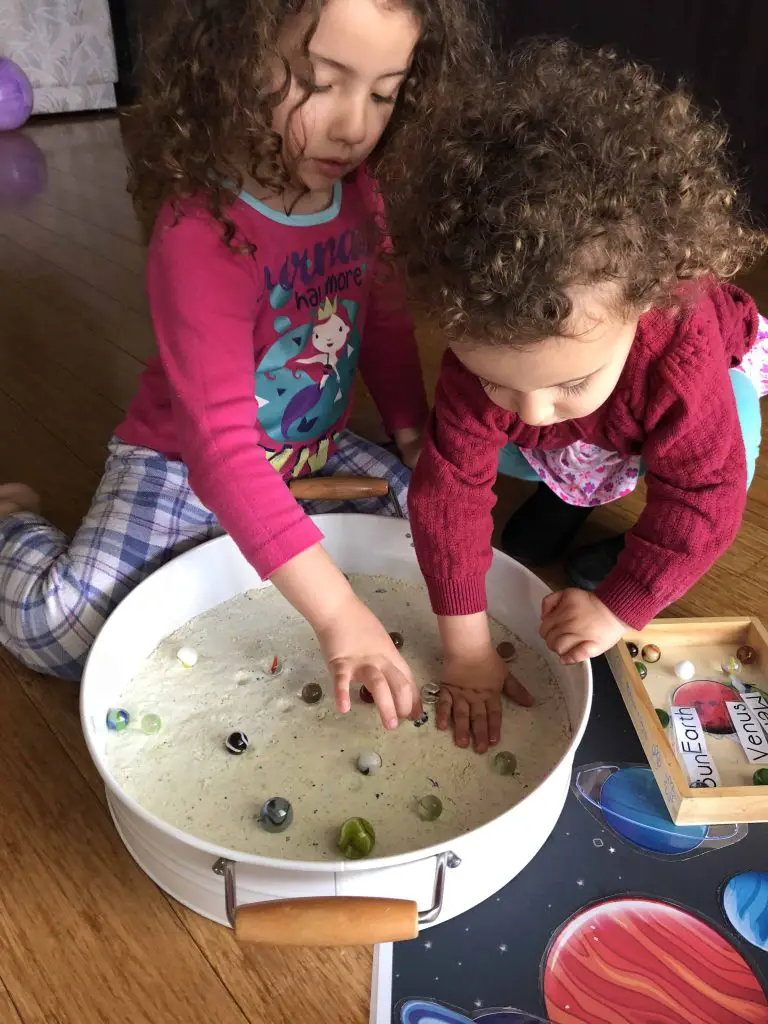
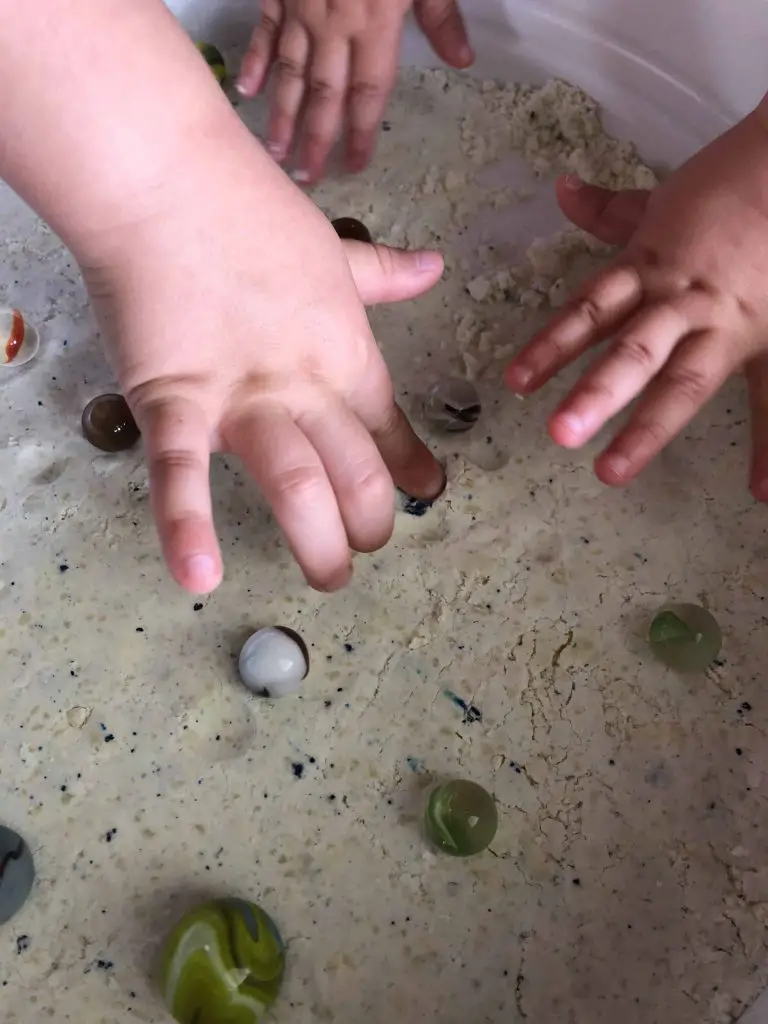
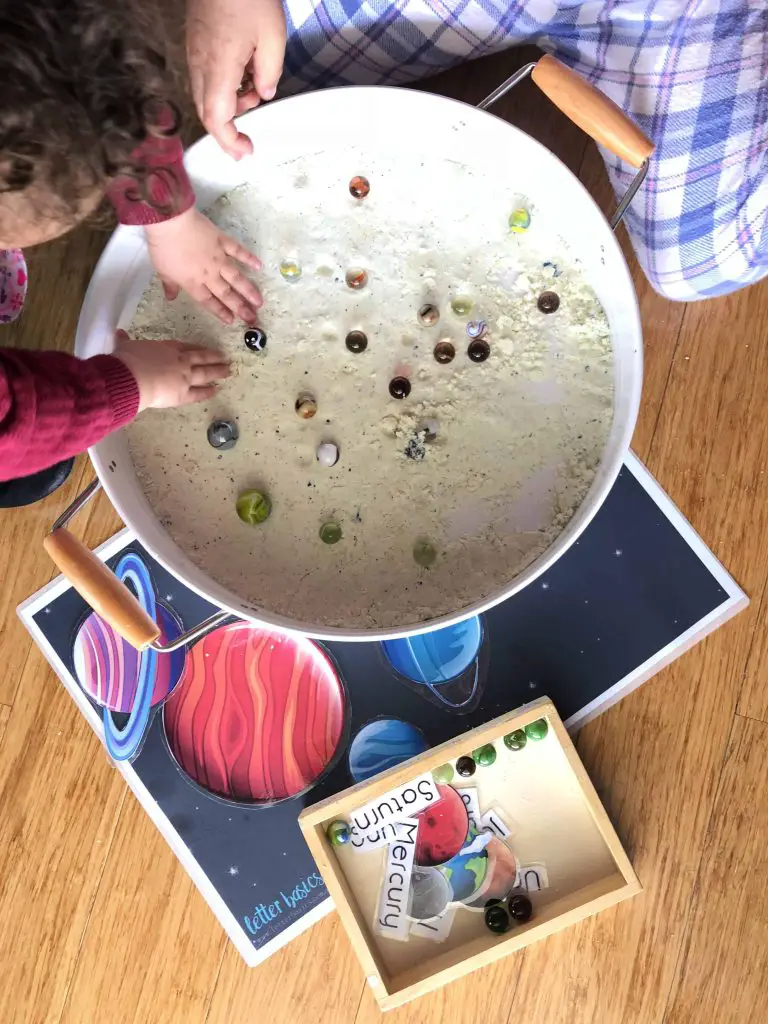
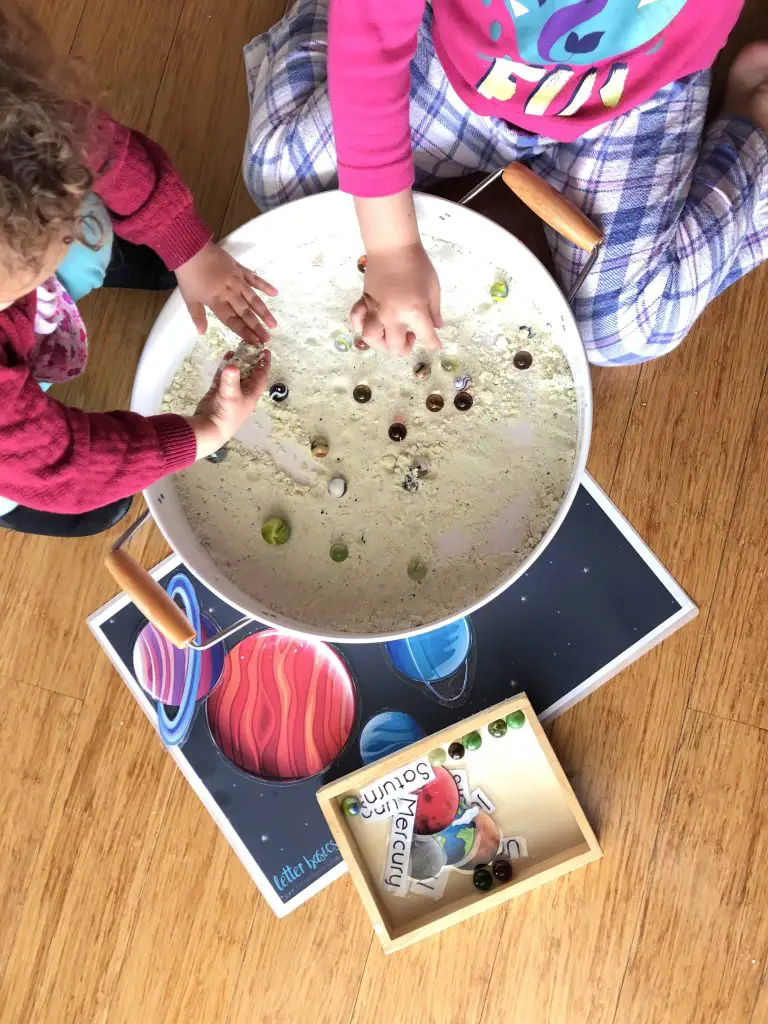
There were four busy hands pressing, scraping, squeezing and crumbling the moon sand. Once the excitement of dropping the marbles into the tray had passed, Miss 4 asked if she could add some equipment from their toy kitchen.
With a confidence that comes with a yes, she ran into the play room to retrieve some pots and pans. A moon dust bake off was about to begin!
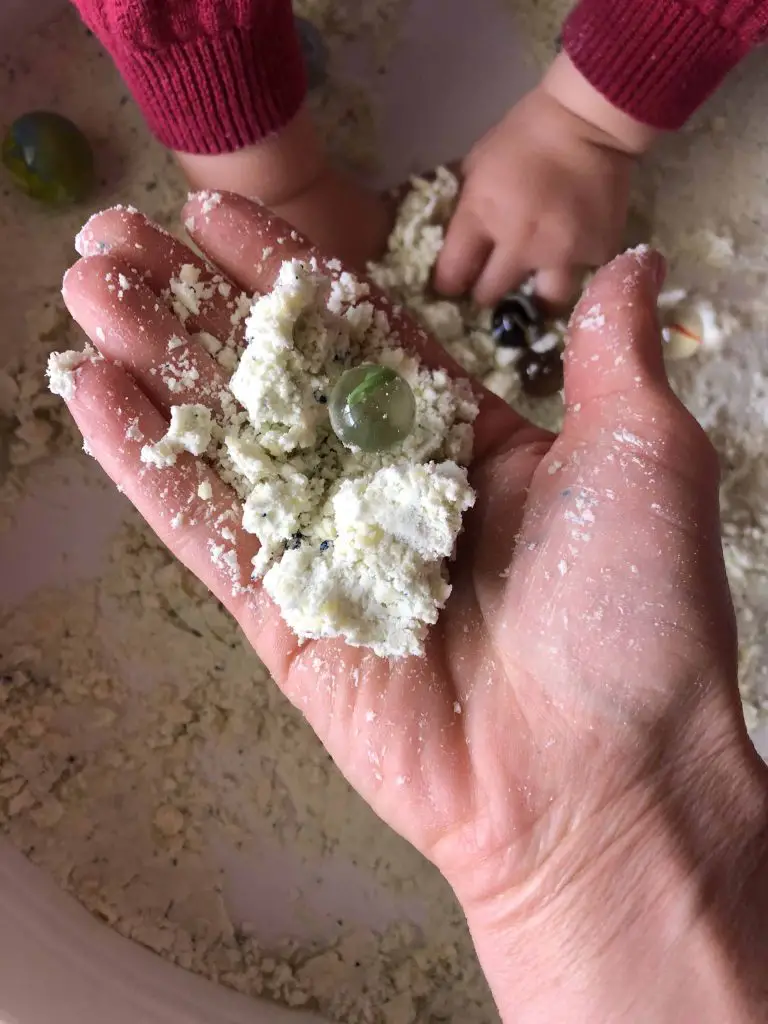
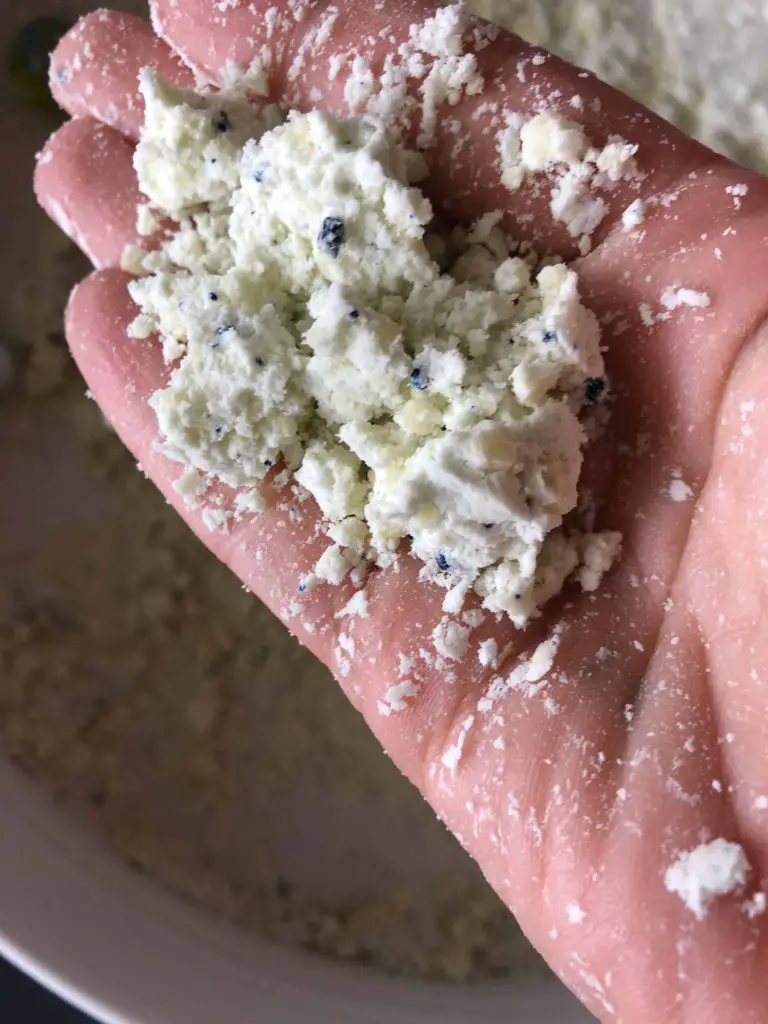
Marble stew, baked marbles and marble pie were all on the menu. Marbles were dropped into the bottom of the pot and covered with moon sand. The mixture was pressed until it was compact then busy fingers scratched and scraped until it was loose again.
“I love this activity”, said Miss 4, “Thank you for setting it up for us.”
You know that it is a success when those words are said!
Even more so when you try and get a photo of what they are doing and this is the best you can get.
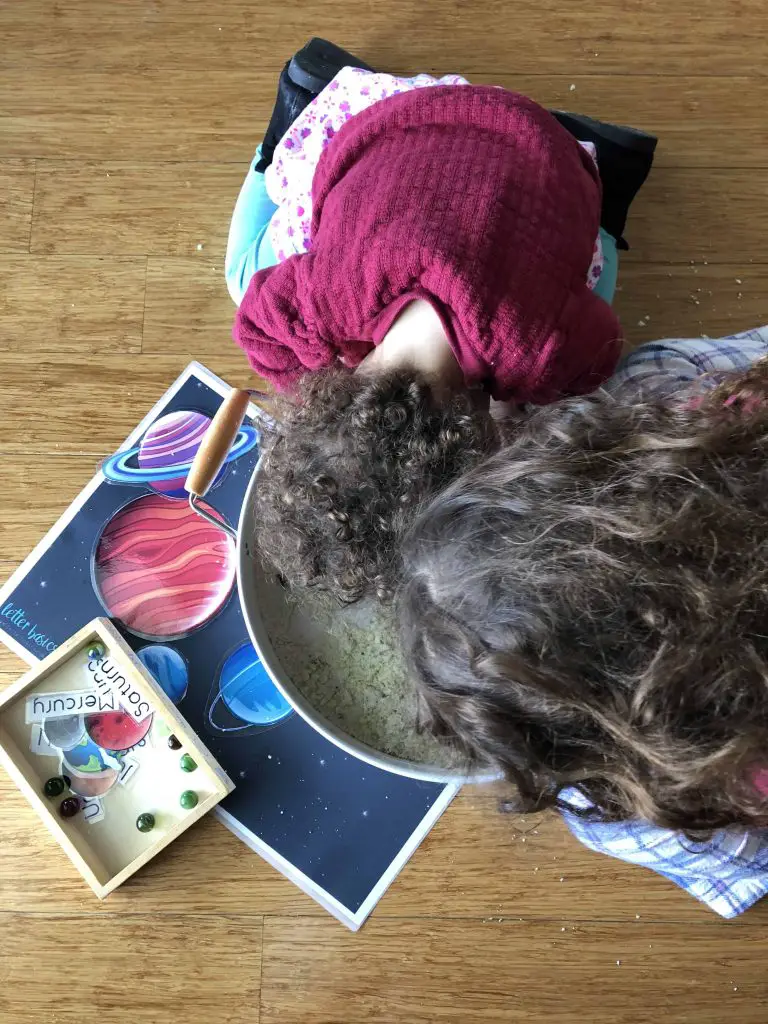
Educational benefits of playing with Moon Sand
Fine Motor Skills
Busy fingers and hands moving through the freshly homemade moon sand will be getting a real workout. With every pat and squeeze of the moon sand, the small muscles groups of the fingers and hands will be getting strengthened.
It is rewarding to note that this type of play can assist your toddler in developing the skills needed to fasten buttons, tie shoes and to use a pencil in years to come.
Open Ended Play
There are no rights or wrongs to playing with moon sand.
Pass your child some scoops or cars, sieves or dinosaurs and observe their own, child led play journey. The limitations are endless and there are limited boundaries with no expected outcome or pressures.
Open ended play inspires creativity, problem solving, self-regulation and the development of working memory.
Experimental Play
Children are curious creatures.
Experimental play opportunities provide them with a chance to learn about how things work, and just as importantly why at times things don’t work. Children can take risks in their play and discover the effects.
They can create theories, strategies, implement their plans, evaluate and learn from their experiment.
Experimental play offers the opportunity to develop resilience, think critically and learn to work out problems as they arise.
Cause and Effect
Children are not born knowing how they impact their surrounding environment. This is a lesson learnt through interactions with their surroundings. They learn about the relationship between their actions and the results that stem as an effect.
Pushing their hands into the moon sand, your child will see the impact of their actions right in front of them. As they pile the moon sand into the centre of the play tray, they will start to see it slip once it gets too high. If they put a little pressure on the moon sandcastle, it will stay in place. If they put too much pressure, then the castle could come crashing down.
Understanding the consequence of their actions is a valuable life skill and life lesson.
What better way than to learn about it through play.
Vocabulary and Language Development
Exposing your child to more words allows them to build on their own knowledge. In turn, they will be able to develop the skills to communicate more effectively given their higher understanding.
Commentate your child’s play, ask questions and when you join them, give your own actions words to describe what is happening. The deeper your child’s understanding of words, the more successful they will be in communicating in all forms of language; reading, writing, listening and speaking.
Our moon exploration was heaps of fun! Miss 4 is so proud of newly discovered knowledge. We will definitely revisit the moon and moon sand again!
Dani D x

Disclosure: This Blog does contain affiliate links which I may earn a small commission from if you purchase through them, at no extra cost to you.


Get your Space themed resources here!
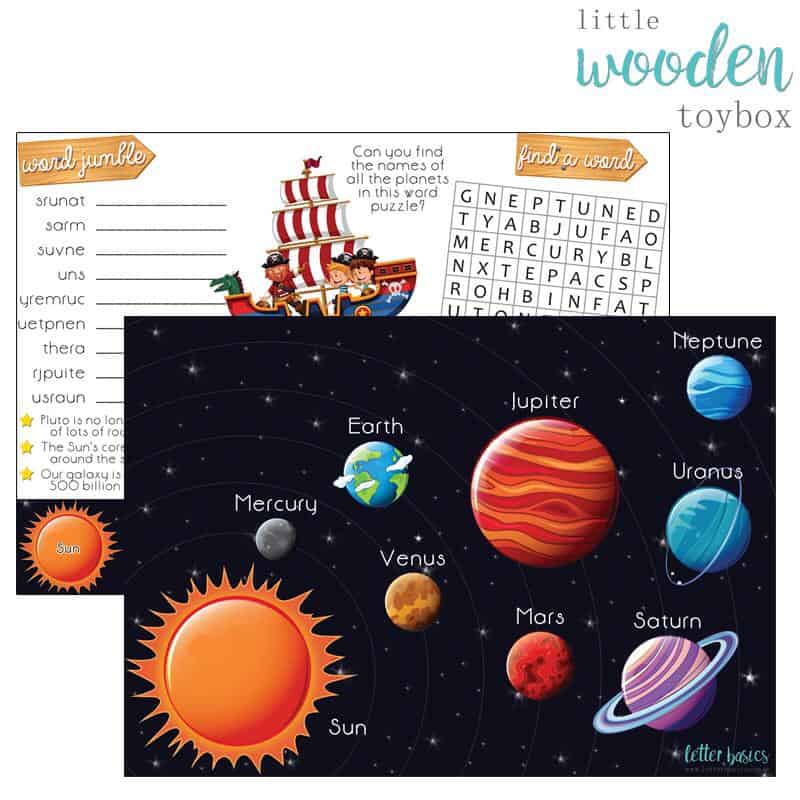
Continue your journey through space with these amazing space themed toys!
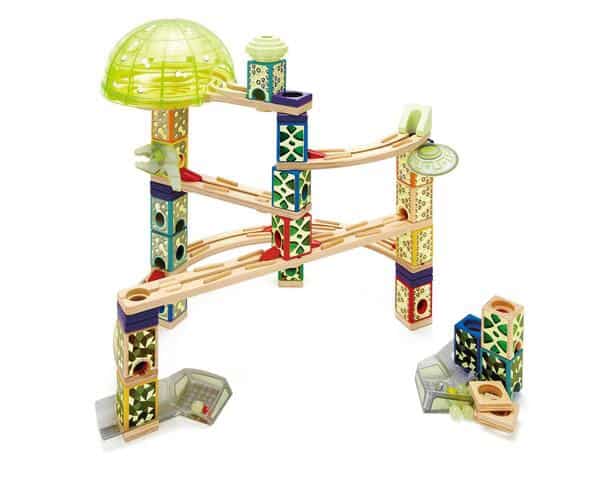
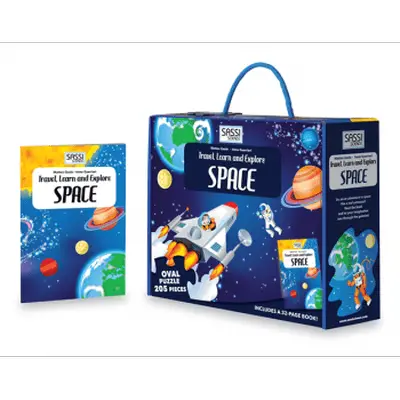
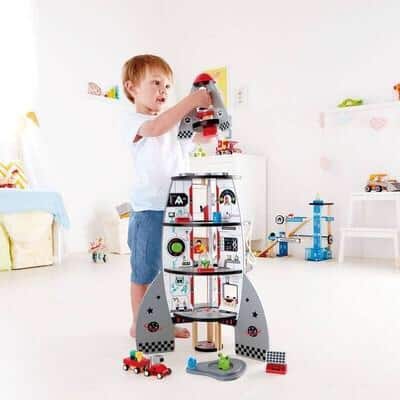
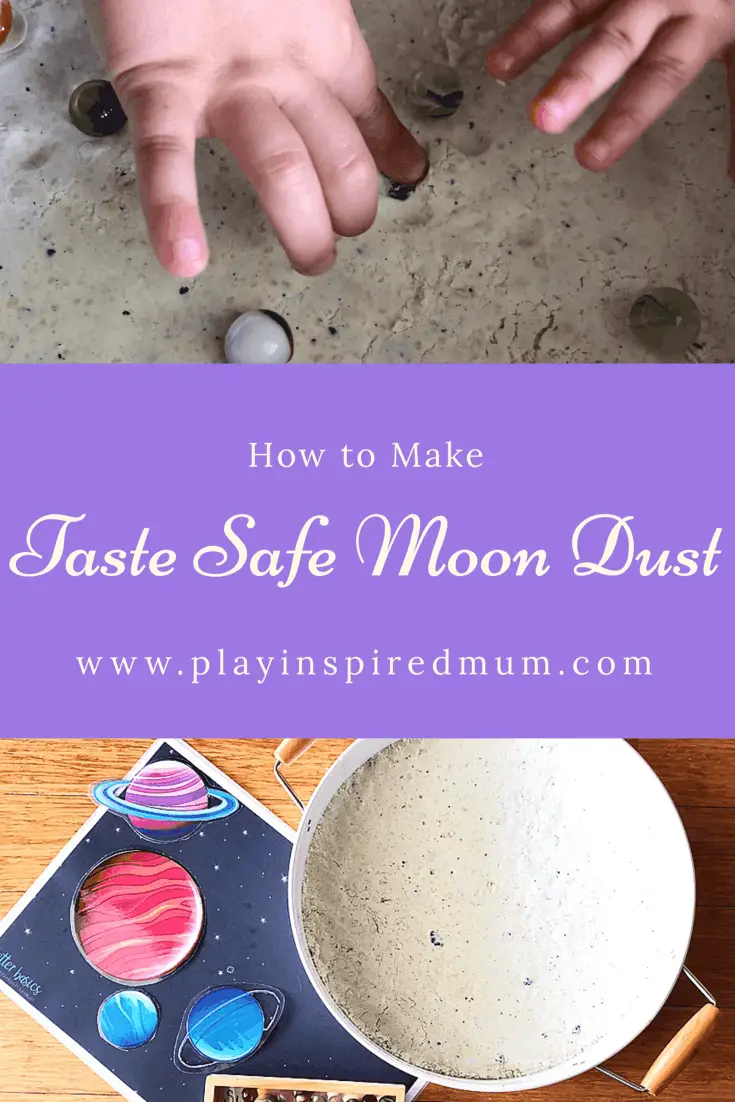
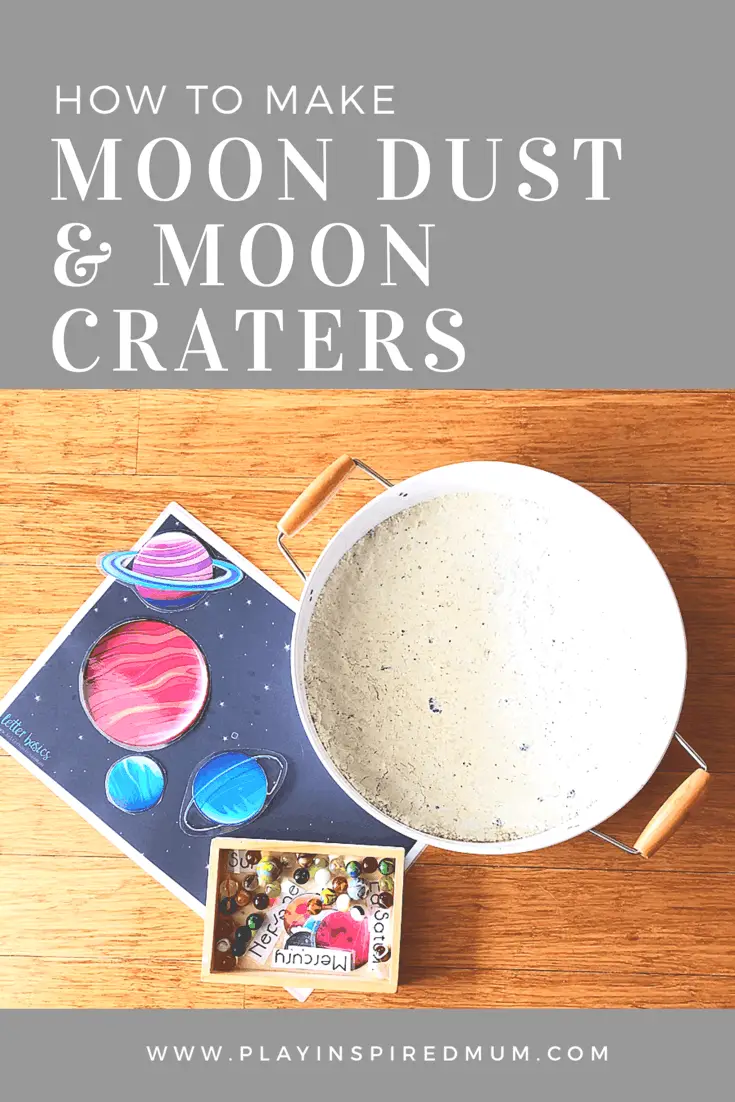
Does your toddler love sensory play? Check out this sensory small world idea!
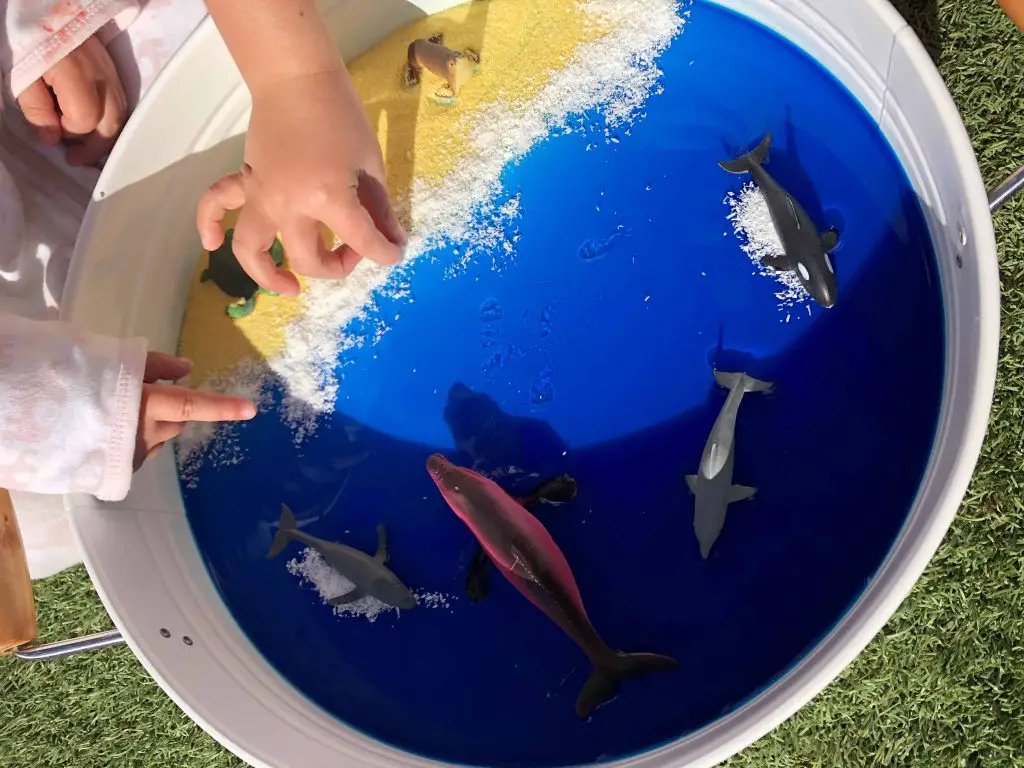
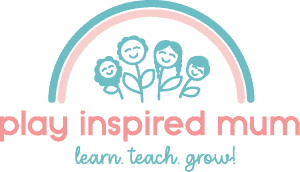
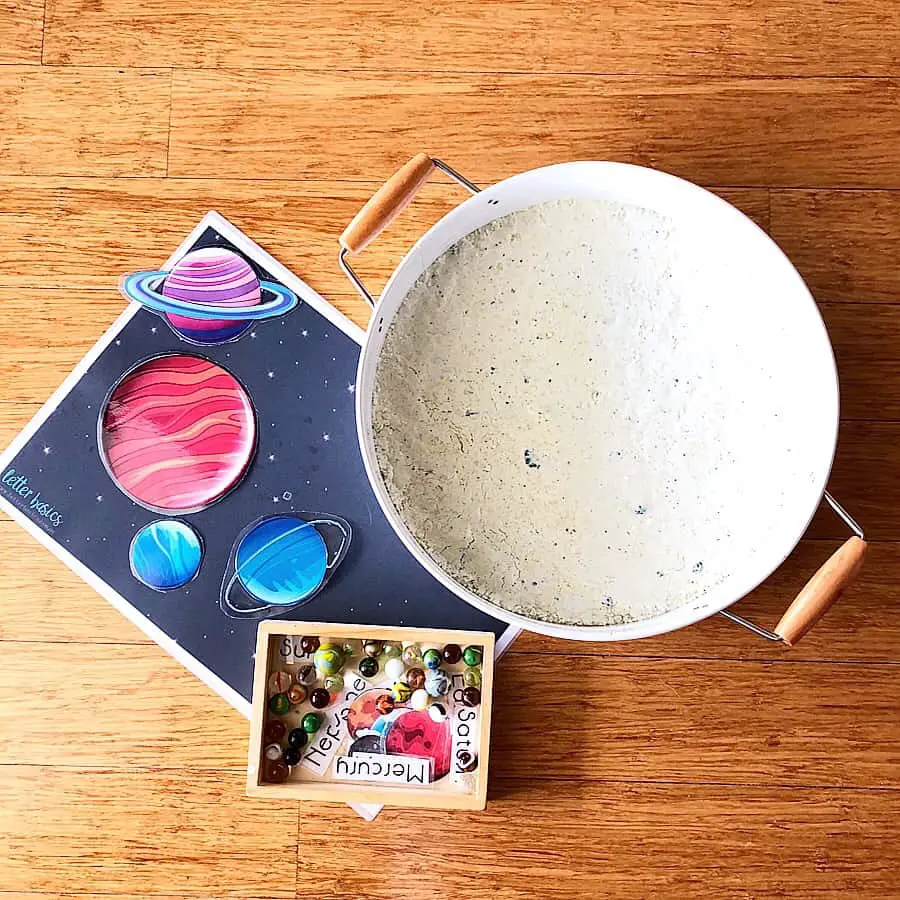
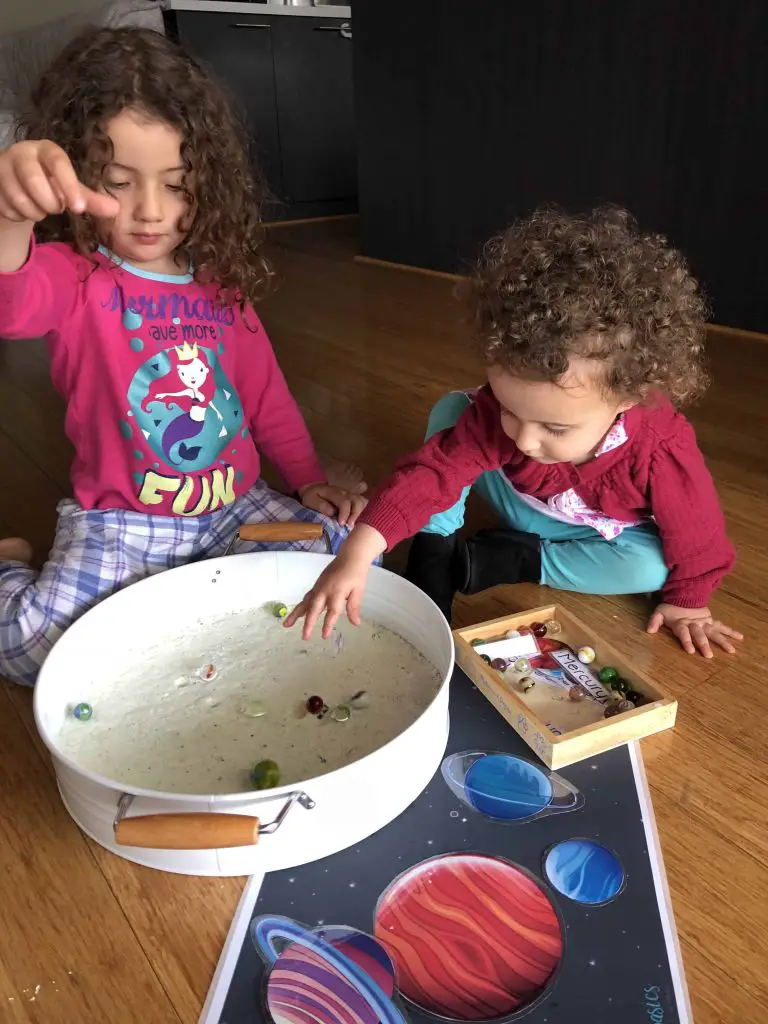
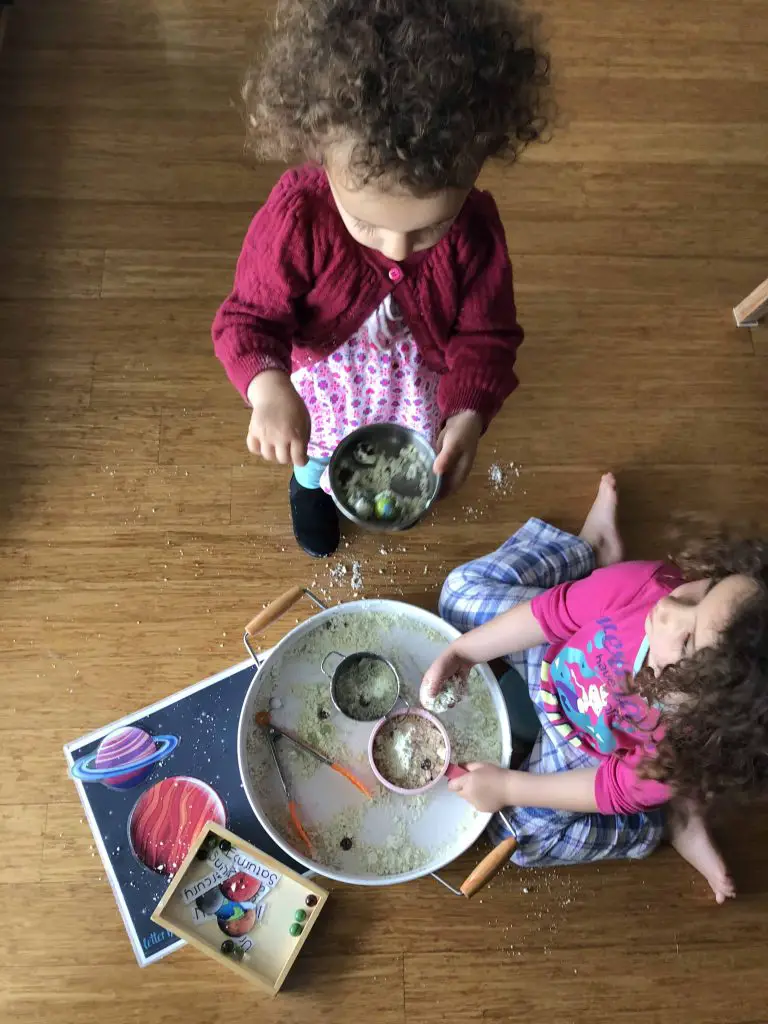
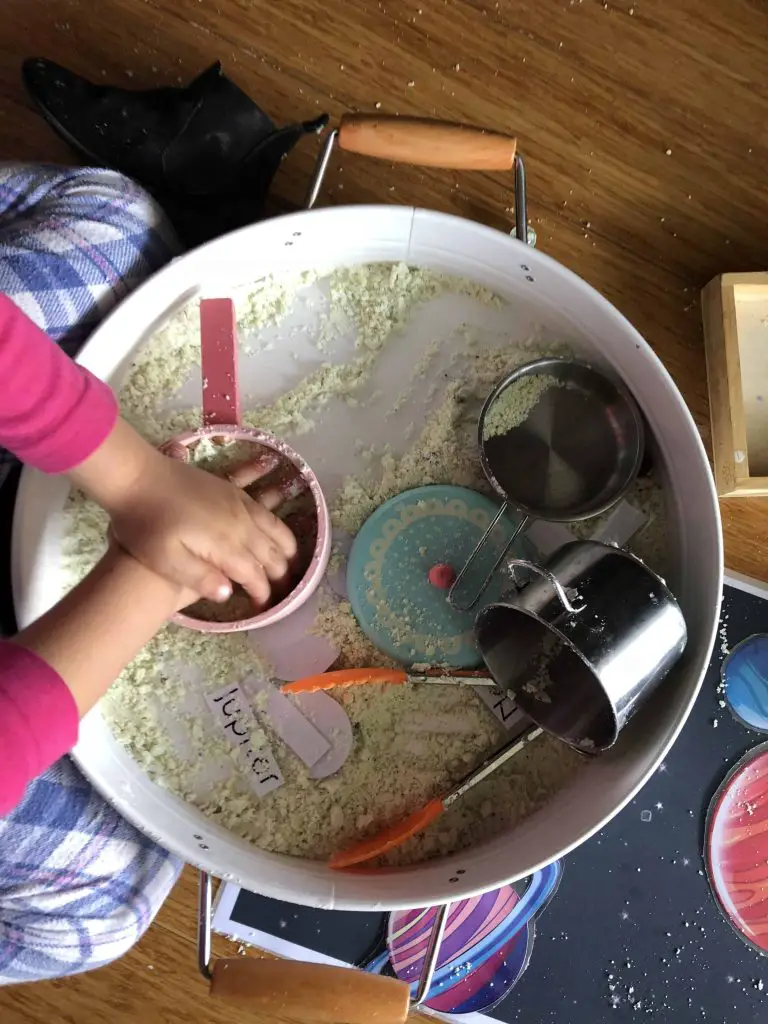
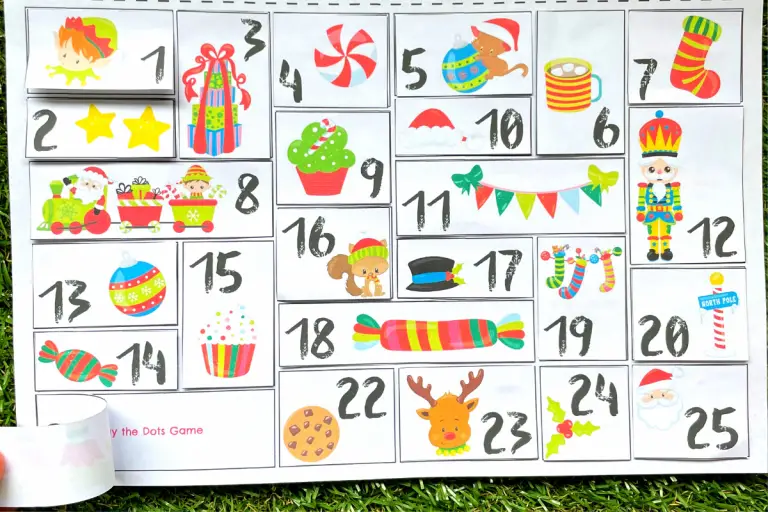

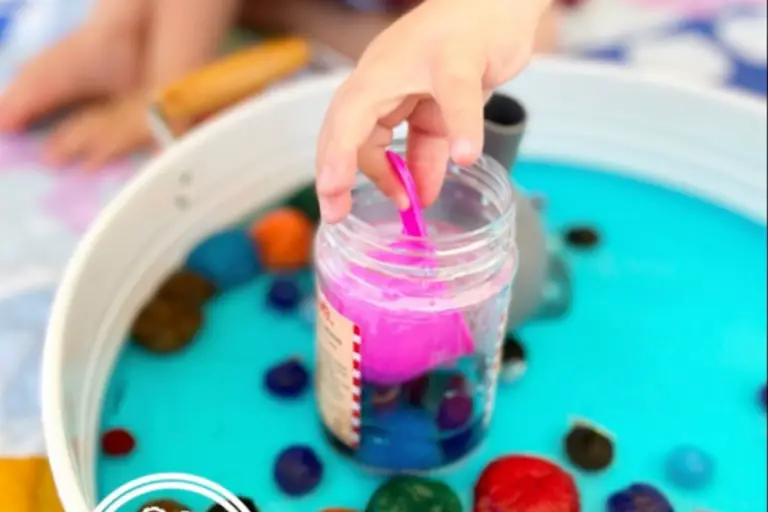

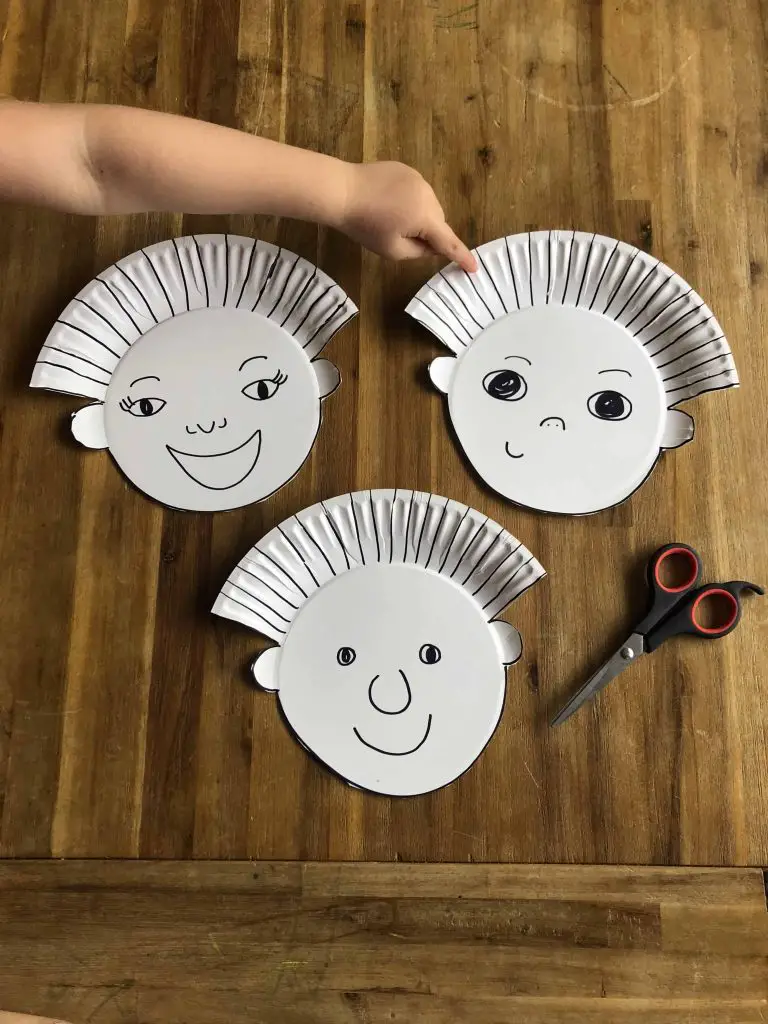
Wow such a great art I love this! I’ am sure kids would totally love this!
Thank you! They really do and just quietly I don’t mind jumping in and playing either
This totally looks like so much fun! My kids would definitely have a blast with this.
Thanks so much for sharing!! My kids would Love this! Very creative project for the kiddos and looks like a lot of fun for them too.
Looks amazing activity for kids. Would definitely love to try with my niece I love such kind of posts.
This looks like so much fun to do with kids. This will help them building creative thinking ability. Thank you so much for sharing.
Wow, this looks extremely fun! I wish I knew about this last year as we did a space unit in class.
This looks like a fun activity to do with kids. I will have to keep this in mind for the future.
Such a wonderful activity to do with my children. We may have to try this activity this weekend.
How fun! I LOVED learning about space as a kid and would have loved this craft! I can’t wait to do these kinds of things with our little one as she grows older (she’ll be arriving in April!)
I love this idea! This looks like so much fun. My four year old would definitely love this, especially because he will be starting school in September and really starting to learn more about space!
We’ve done jello with dinosaurs in the sensory box, but now the boys have moved on to the “space theme”. Going to try this out for the next messy play activity (but we will probably do it in the garden #lazymum).
They are so cute ❤️❤️ I love this
Such a fun craft for the kids! I’m sure it comes in handy during the long winters inside.
Nice activity for kids. Looks like it would provide lots of entertainment.
This activity looks very entertaining! I think it is important to get kids interested in science as young as possible (maybe because I was too, but in school we only approached science theoretically, and I think this would be so much fun!)
How adorable are they? This makes a great rainy day project after all we always have those ingredients. Thanks for sharing.
I LOVE this idea! I have made moon sand for my 3 yo, but I really like the idea of using marbles to make craters. Great educational post!
Thank you! I’m so glad you love it! My Miss 4 loves having permission to drop the marbles which she is usually asked to take care with. The element of something new and almost dangerous was exciting!